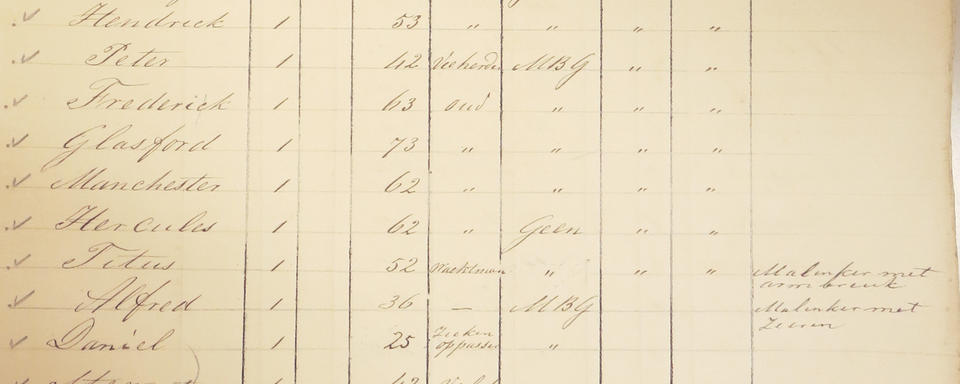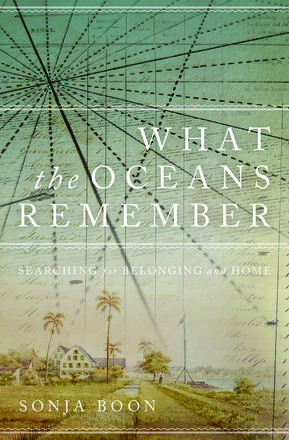
Begin Anywhere
“Begin Anywhere. Just Begin.” That’s what I saw when I stood by the checkout counter at my local arts and crafts store. I’m not usually one to notice motivational cards and posters, but this pack of cards – rendered in Mary Engelbreit’s typically cheerful colours and patterns – made me pause.
“Begin Anywhere.” I remember my master’s supervisor saying this to me when I came to him, overwhelmed by my research project on eighteenth-century Parisian salon women. It’s a piece of advice I’ve since shared with countless students of my own. There’s a hopefulness to this statement. You can’t go wrong, it says, as long as you begin. One step is all it takes, and just like that, you’ve undermined the tyranny of the blank page.
The cards would be good for students, I thought. They’re cheerful and bright. They’re motivational, but only gently so. If nothing else, maybe the colour and design will bring a ghost of a smile to the face of a worried or frustrated student.
And so I picked them up.
As it turned out, I never passed them on to students. The cards didn’t even make it to campus. Instead, I put them in the card drawer at home. I flip past them regularly on the hunt for birthday cards, thank-you cards, and general, all-purpose blank cards, but I haven’t used a single one. I’m not sure exactly why. Perhaps it’s been enough for me to know that they’re there, waiting for the right student to come along.
The fact is, that student was me.
When I started the project that would ultimately become What the Oceans Remember, I didn’t know exactly what to expect. I’d crafted a neat and tidy archives-based proposal that looked both exciting and eminently doable. I knew the project was somewhat outside my usual wheelhouse, but I was ready and raring to go. After all, I was still working with archival materials and I was still working with life writing.
But this time, the archival materials were different. And this time, the subject was my own life.
I was used to working with personal letters, rich repositories of lived experience. Here, though, I was confronted with entirely different materials: ships’ logs, immigration documents, accounting declarations, slave registers, business records, newspaper articles. These were certainly rich materials, but where was the intimacy that could really bring them to life? Where was the rage? The frustration? The love, joy, laughter, crankiness, and worry? Where was the passion? And where was the everydayness of messy lived lives? These documents, designed for businesses and colonial authorities, were frustratingly void of emotion. Facts and figures. Numbers and names. Latitude and longitude. Weather reports.
In a previous project, I’d looked at a collection of some thirteen hundred medical consultation letters addressed to a celebrated Swiss physician. The letters came mostly from across Europe – and some from North America – but they were united by their genre and also by the fact that all were addressed to the same person. There was a cohesiveness to the collection, and this cohesiveness contained my own research and writing processes.More than this, I was stymied by the scope of what I needed to look at. Not in number, necessarily, but in geographic distribution. India. Africa. Suriname. The Netherlands. Great Britain. Canada. How do you tell a story that spans five continents? How can you begin to contain the sprawl?
“Where does a story like this begin?” I write in the opening pages of What the Oceans Remember. It’s a question that lurked in the background throughout my research process. It seemed as if there were both too many beginnings and none at all.
“Begin Anywhere,” the cards whispered. “Just Begin.”
And so, with motivation in hand and maybe a ghost of a smile on my face, I did.
